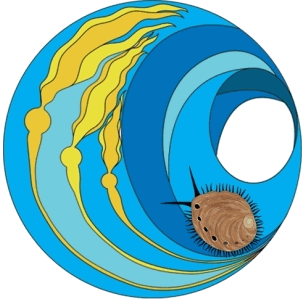Ischia – A Natural Model System for Studying Ocean Acidification

Ocean acidification (OA) is expected to profoundly alter the diversity and function of marine ecosystems. In recent years, studies (such as how OA structures fouling communities by mediating competitive interactions, see photos to the left) in and around shallow volcanic CO2 vent system near the Castello Aragonese, on the island of Ischia in Italy, have generated key insights on the direct and indirect effects of OA on the surrounding ecosystems. These natural CO2 vents locally acidify the seawater by as much as 1.5 pH units below the average ocean (pH of 8.1-8.2). Corresponding to this pH drop, the diversity and biomass of marine organisms decrease. We are working across a series of previously and newly discovered vents, spanning areas as shallow as 3m and as deep as 50m and including a variety of different habitats including seagrass (Posidonia oceanica) meadows, gravel and sandy bottoms, underwater caves and coralligenous outcrops, which are dominated by calcifying organisms that are particularly vulnerable to OA. These habitats are hotspots of Mediterranean marine biodiversity, but it is unknown how they will be affected by OA. To address this question we are combining oceanographic and biogeochemical approaches, quantitative surveys of community changes among pH zones and habitats and experimental field studies. Together, this work will provide new insights regarding OA’s effects on a range of community types, and more importantly, increase our ability to form generalities on OA’s impacts in marine ecosystems.
